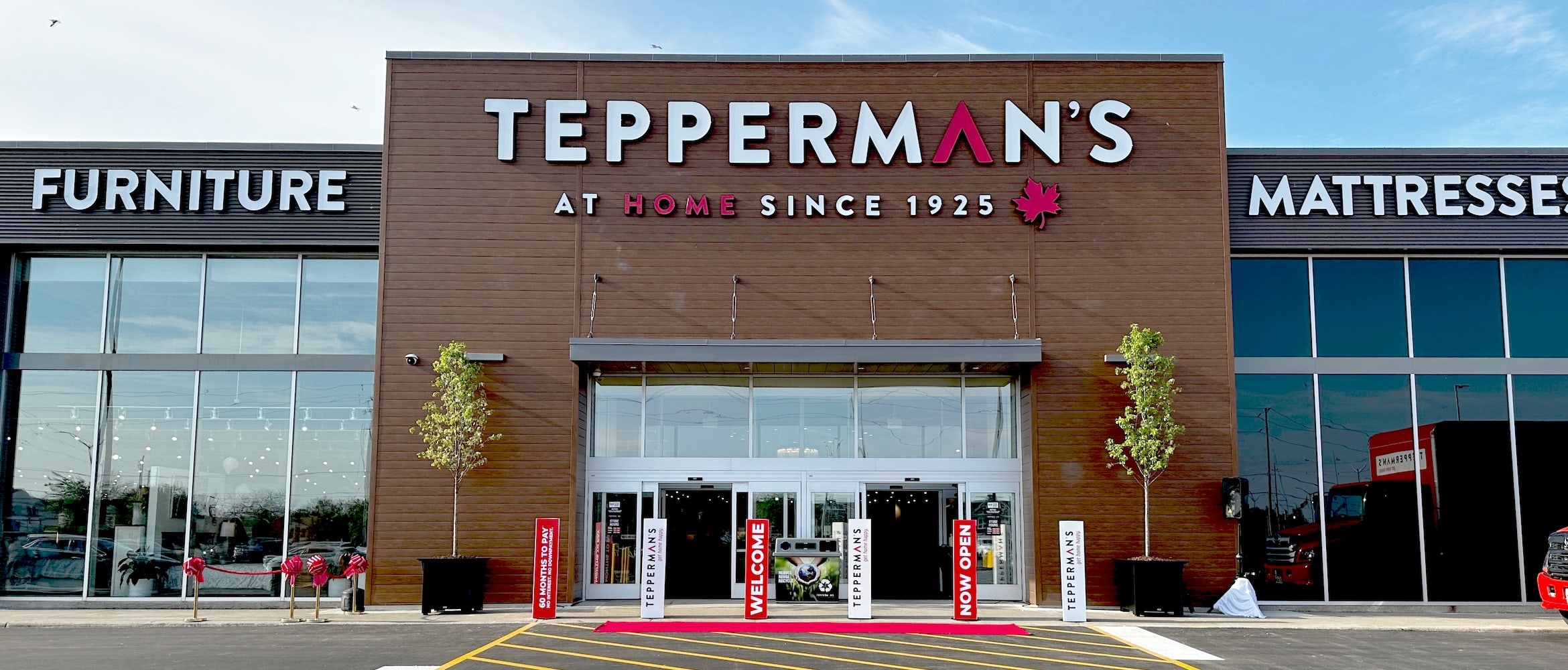Climate change is a global issue that affects everyone and everything on our planet. At Tepperman's, we know that although we can't fix the problem by ourselves, we can do what we can to reduce our contribution to it. By showing leadership with our initiatives to reduce our own greenhouse gas emissions, we hope to inspire others to do the same, because it is only together that we can enact the change we need.


We are striving to align our emission reduction targets with the Science Based Targets initiative (SBTi). The SBTi provides companies with a clearly defined pathway to future-proof growth by specifying how much and how quickly they need to reduce their greenhouse gas emissions to pursue efforts to limit warming to 1.5°C. This is an extremely challenging target and we are currently working out the technical pathways for how we can achieve this goal.
In 2019, we performed our first ever greenhouse gas inventory of our operations and established 2019 as our baseline emissions year. This helps us better understand where we can make improvements on our emissions and track our improvements. After a baseline was established, we set a target of 4.2% absolute reductions year over year. In our first year (2020), we exceeded that target with a reduction of 6.3%, and for the second year in a row (2021) we exceeded that target with a 5.1% reduction.
Greenhouse gas emissions are broken out into three scopes: Scope 1 emissions are direct emissions that we have control over, such as natural gas for heating our facilities and fuel for our vehicles. Scope 2 emissions consist of those we generate through the purchasing of other energy, such as the emissions we are responsible for through the purchase of electricity. Scope 3 is a much larger bucket which includes the emissions generated by 3rd parties who ship product to our distribution centres and stores, emissions generated during product delivery to customers, and any additional company travel. This scope is the most difficult to track and control, which is why most businesses primarily focus on 1 and 2.
Presented below are scope 1 and scope 2 data from our 2019, 2020 and 2021 greenhouse gas inventories. We are still in the process of evaluating some limited scope 3 data and look forward to incorporating it into future years.













